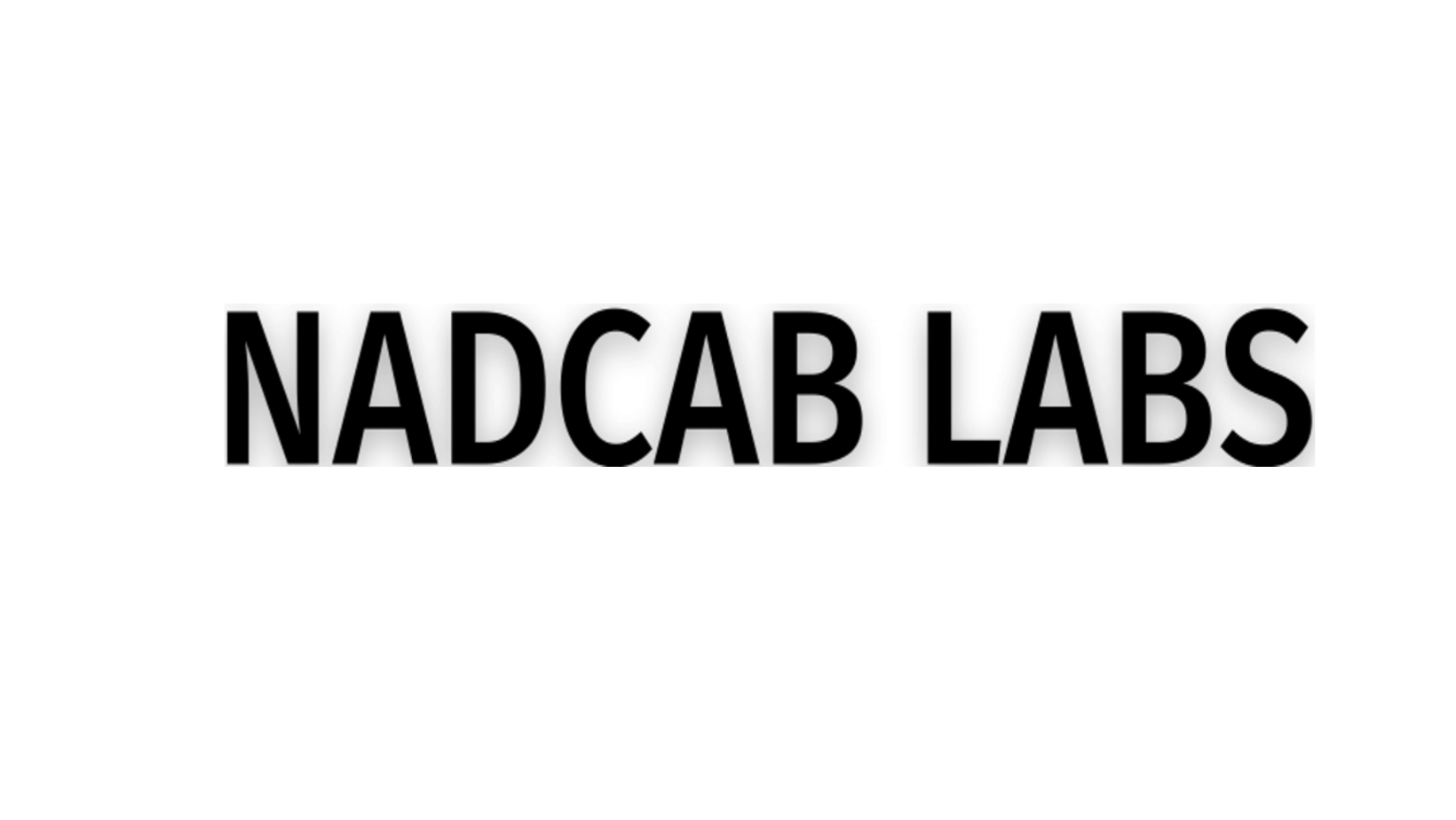Traditional design and construction methods, while foundational, often grapple with challenges such as inefficiencies, communication gaps, and coordination issues. As architectural and construction projects grow increasingly complex, these traditional approaches can struggle to keep pace.
Enter Revit, a revolutionary tool that stands at the forefront of this transformation. With its smart design features and integrated workflows, Revit addresses these challenges head-on, offering solutions that streamline processes, enhance accuracy, and foster seamless collaboration.
Through its advanced capabilities, Architectural Revit not only modernizes the design and construction landscape but also paves the way for a more efficient and effective approach to building projects.
Overview of Revit's Smart Design Tools
Revit's smart design tools are a suite of advanced features designed to enhance both the efficiency and accuracy of architectural and construction projects. These tools, including elements like intelligent components, automated updates, and dynamic scheduling, leverage the power of Building Information Modeling (BIM) to streamline the design process. For instance,
Revit's intelligent components automatically adjust to changes in the design, ensuring that all associated elements, such as dimensions and annotations, are updated in real time. This reduces the risk of errors and inconsistencies, facilitating a more accurate and cohesive project development.
Additionally, features like automated clash detection and real-time collaboration further support the design process by identifying and resolving potential conflicts before they become issues. By integrating these smart design tools, Revit helps architects and engineers work more efficiently, ensuring that their designs are not only more precise but also more adaptable to changes throughout the project lifecycle.
Improved Design Accuracy and Efficiency
Improved accuracy and efficiency are paramount, and tools like Revit play a crucial role in achieving these goals. Automated design features, such as automatic dimensioning, parametric modeling, and design options, significantly streamline the design process.
These tools reduce the need for manual calculations and adjustments, thereby saving valuable time and minimizing the risk of errors. Automatic dimensioning ensures that measurements are consistently applied, while parametric modeling allows for quick modifications by adjusting parameters that automatically update associated elements.
Design options enable the exploration of different scenarios without extensive rework, offering a flexible approach to refining designs.
Intelligent objects and families in Revit further enhance design accuracy and consistency. These elements are designed to adapt seamlessly to changes made within the project, ensuring that updates are reflected throughout the entire model.
This adaptability maintains a high level of consistency and accuracy, reducing the likelihood of discrepancies and errors that can occur when changes are manually implemented across different parts of a project.
Streamlined Construction Documentation
Revit’s automatic updates feature significantly enhances streamlined construction documentation. When design changes occur, Revit seamlessly updates all associated drawings and schedules, ensuring that documentation remains consistent and up-to-date. This automation reduces the risk of errors and saves time, allowing for more efficient project management.
Additionally, Revit offers advanced tools for enhanced detailing, enabling the creation of highly accurate and detailed construction documents. These tools improve the clarity of the documentation, minimizing the need for revisions and contributing to a more streamlined construction process.
By leveraging these features, professionals can ensure that their documentation remains precise and reflects the latest design changes.
Cost and Time Savings
Smart design tools have revolutionized the construction industry by significantly reducing costs and minimizing rework. Advanced software and technology enable designers to identify and rectify errors early in the design phase, which diminishes the need for costly changes during construction. For example, Building Information Modeling (BIM) tools allow for precise and detailed modeling, catching potential issues before they manifest on-site.
This proactive approach results in substantial cost savings, as it mitigates the financial impact of rework and change orders. Additionally, these tools streamline design and documentation processes, leading to faster project delivery.
Enhancing efficiency and coordination among project stakeholders, design tools can accelerate timelines, enabling quicker completion of projects. Real-world examples showcase how projects have been delivered months ahead of schedule due to improved design accuracy and efficient workflow, underscoring the tangible benefits of adopting smart design tools in construction.
Future Trends in Revit and Smart Design Tools
As technology continues to advance, Revit is poised to evolve significantly, incorporating cutting-edge features that promise to revolutionize the design and construction industries. Emerging technologies, such as artificial intelligence and machine learning, are set to enhance Revit’s capabilities by automating repetitive tasks, improving accuracy in modeling, and providing advanced analytics for design optimization.
Augmented reality (AR) and virtual reality (VR) integrations will allow for immersive design reviews and client presentations, offering a more intuitive and interactive way to visualize projects.
The introduction of cloud-based collaboration tools will streamline teamwork, enabling real-time updates and seamless coordination across global teams. These advancements will transform the industry by fostering greater efficiency, reducing errors, and facilitating more innovative and sustainable building solutions.
As Revit continues to integrate these smart design tools, it will not only enhance the accuracy and efficiency of the design process but also pave the way for more dynamic and adaptive approaches to building design and construction.
Conclusion
Revit's suite of smart design tools is reshaping the architectural and construction industries by addressing long-standing challenges with innovative solutions. Leveraging Building Information Modeling (BIM), Revit enhances design accuracy, improves efficiency, and streamlines construction documentation.
Automated features like intelligent components, real-time updates, and clash detection significantly reduce errors and rework, leading to substantial cost and time savings. The integration of advanced technologies, such as artificial intelligence, augmented reality, and cloud-based collaboration, promises to further revolutionize the industry, making design and construction processes more dynamic and adaptive.
As Revit continues to evolve, it will undoubtedly drive the future of building design and construction, fostering a more efficient, precise, and collaborative approach to creating the built environment.






